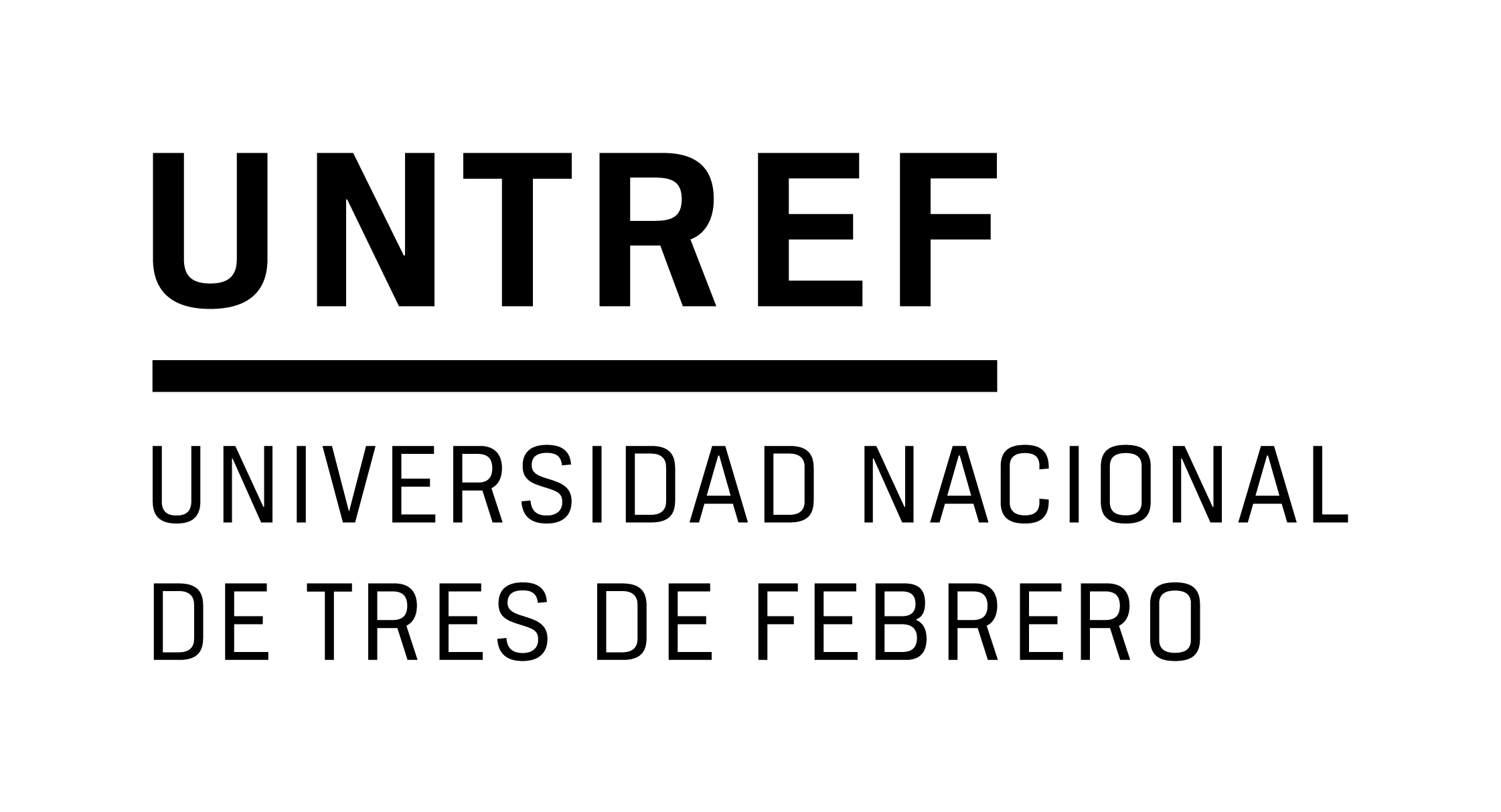Representing romani gypsies and travelers : performing identity from early photography to reality television
Por: Pusca, Anca .
.
Tipo de material:  Artículo Tipo de portador: ImpresoTema(s): CULTURA
Artículo Tipo de portador: ImpresoTema(s): CULTURA| Tipo de ítem | Ubicación actual | Signatura | Info Vol | Estado | Notas | Fecha de vencimiento | Código de barras | Reserva de ítems |
|---|---|---|---|---|---|---|---|---|
| Publicación Periódica | Biblioteca UNTREF - Sede Posgrados | H327/PER (Navegar estantería) | Vol. 16, no. 3 (ago. 2015) | Disponible | ACK | 2.008715 |
Images of Romani Gypsies and Travelers abound in popular culture and the press, feeding into a series of stereotypes that appear to have survived largely unchanged for well over 200 years. With Romani and Traveler communities increasingly at the center of important debates on the treatment of migrants and ethnic minorities in Europe, these representations offer important insights into when and why Roma communities are sometimes conveniently visible or invisible, and how national and EU actors use their (in)visibility to make particular claims about solutions to discrimination. This article argues that although Roma and Traveler representations continue to follow traditional stereotypes, there is a noticeable change in their nature and the role that they play in both Roma and non-Roma communities. By juxtaposing iconic photographic representations of Gypsies by Josef Koudelka in 1960s Czechoslovakia and American Gypsies, this article aims to show the nature of change in Romani and Traveler representations and how they perform their collective identities.
